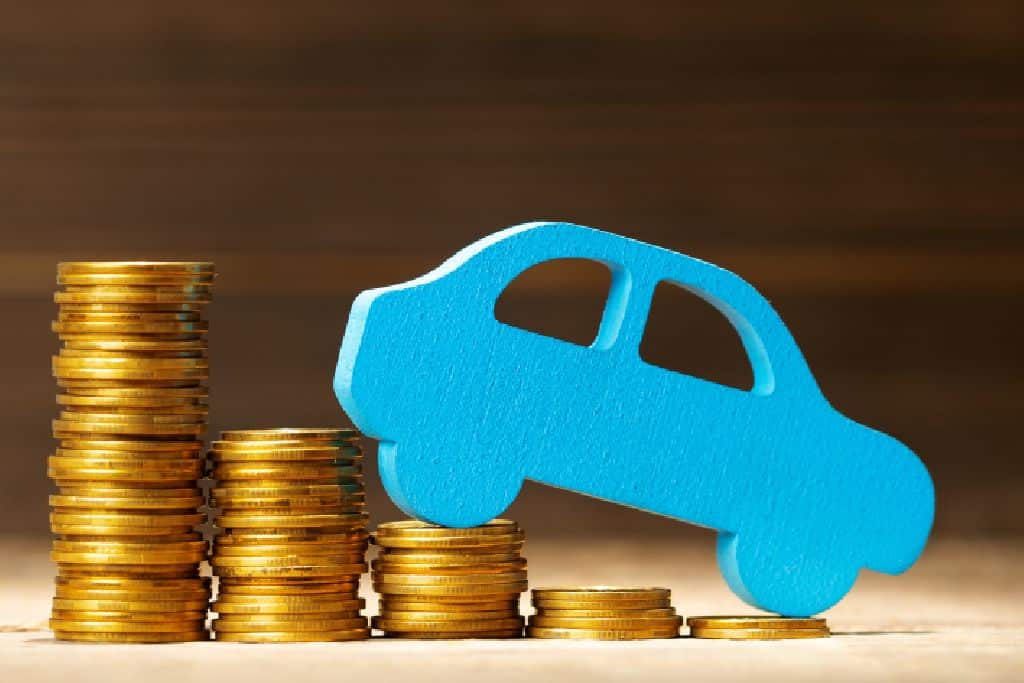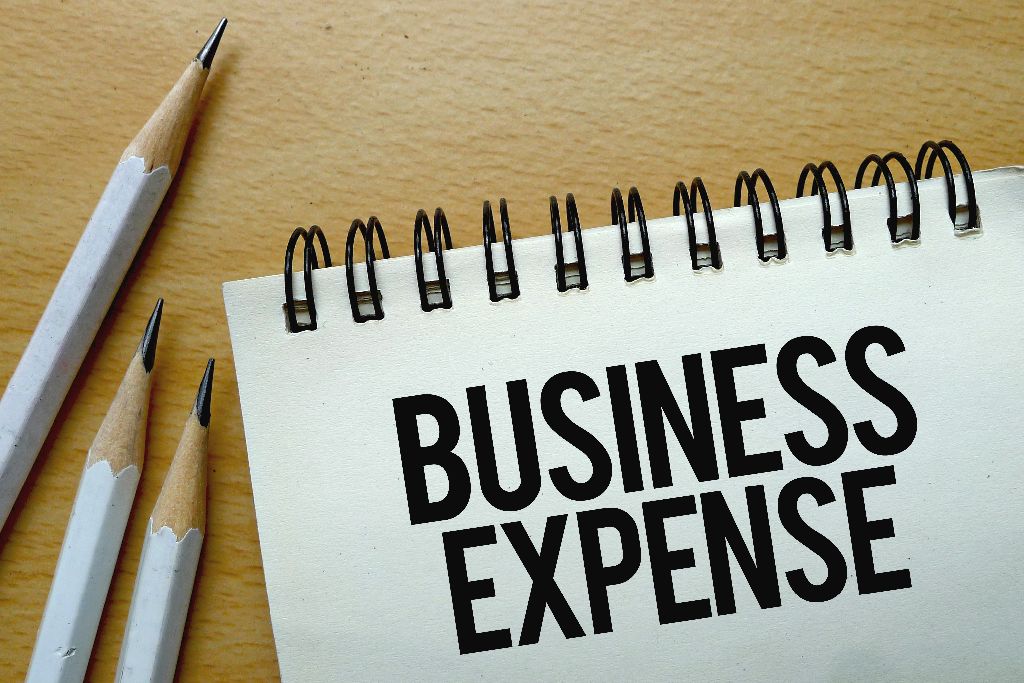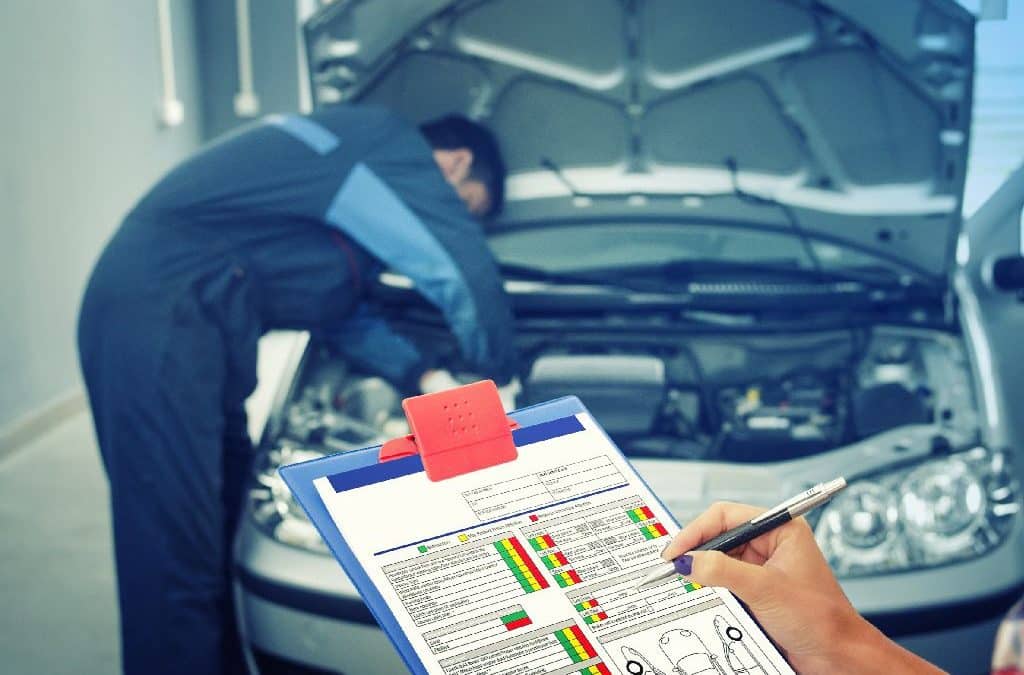Many pharmacy owners and self-employed pharmacists use their cars for work purposes, and may be able to deduct those expenses against their income when tax time comes around.
Staff pharmacists and employees on payroll who use their cars while performing their duties, such as travelling to work at a location that isn’t their employer’s place of business, can also deduct automobile expenses.
The Canada Revenue Agency (CRA) has strict requirements to ensure motor vehicle expenses are business related, including maintaining detailed records, but it’s important to ensure you are claiming any significant vehicle expense deductions you are eligible for.
Below are some tips for making sure you get the most out of any deductions.

Keep a Daily Log
Many pharmacists are busy, so it’s easy to forget to track your mileage and expenses. However, you can’t claim what you don’t track.
All details, including date, starting point, ending point, distance driven, and purpose of the trip, (ex. prescription delivery), are to be kept in a driving log.
There are apps that automatically track this for you, or you can use a computer or paper log. Find what works best for you, and stick to it.
Note that as a business owner or self-employed person, you are likely to have your vehicle expenses examined more closely than employees claiming employment expenses incurred.
Allowable Motor Vehicle Expenses To Track
There are two methods to claim auto expenses on your business and/or personal tax return. Know what vehicle expenses you can claim.
Actual Expense Method
In order to calculate this, you must determine what percentage of the time your car is used for business use vs. personal use. Then take all of your automobile costs, such as parking, insurance, fuel, and so on, and divide by the percent of these that are business-related.
You can also claim a percentage of the capital cost of the vehicle or regular lease payment, up to certain limits.
Flat Rate CRA Auto Allowance Method
For this method you only need to track total business kilometres driven, and then multiply by the CRA rates to get your auto expense deduction.
The automobile allowance rates for 2023 are:
68¢ per kilometre for the first 5,000 kilometres driven
62¢ per additional kilometres driven after that
In the Northwest Territories, Yukon, and Nunavut, there is an additional 4¢ per kilometre allowed for travel.
Corporations can use either method, whichever results in the higher deduction. However, the actual expense method requires you to track your expenses throughout the year and keep receipts – something business owners rarely do – so most opt for the CRA allowance method because it’s easier.
For sole proprietors or employees with a T2200, you only have one option: the actual expense method.
Electric Vehicles
A zero-emission passenger vehicle purchased after March 18, 2019 may fall under class 54. There are temporary provisions where you can claim a capital cost allowance of 100% for EV vehicles, up to $61,000 + GST/HST/PST.
Whether the car is purchased under an incorporated business or under personal name will affect how expenses are claimed.
When selling, there may be a gain or loss, depending on whether it sells for more or less than its remaining balance.
Calculating Percentages
The CRA has determined that driving from your home to work is personal travel. However, if you make a pit stop for business purposes, then you can claim the drive from home to work as business.
For example, driving from home to a patient and back home, driving from home to a patient and then your regular workplace, and driving from your workplace to a patient and then home are all considered business travel. Scheduling business appointments optimally can help with ensuring travel is covered.

Stand By Charges
When a business provides a motor vehicle to an employee (including a pharmacy owner), it is considered a benefit, if it is able to be used for personal reasons. As a result, use of this is considered a taxable benefit for the personal use portion. This only applies if the vehicle in question is owned by the corporation and not personally. Adjustments can be made if a vehicle is never used for personal use, or only for less than 1,667 km per month.
Considerations Before Buying as a Business Expense
Many business owners assume that it is an advantage to buy a motor vehicle through the business, instead of buying it as a personal vehicle. However, there are some factors that may make buying it through the business not the best choice.
Be sure to consider how much the car will be driven for personal use; most pharmacy owners and self employed relief pharmacists drive less than 90% of the time for business, although some who cater to retirement or long-term care homes, or other similar situations may drive more for business purposes.
Another significant consideration is the ability for your pharmacy to get financing, what the commercial insurance rates would be, and whether you would be looking at leasing or buying. The value of the car is only deductible to a set maximum, as well. All of these factors impact whether buying under your corporation is a good strategy.
If you buy a vehicle under the business, and then sell the car in the future, you need to calculate and factor in depreciation recapture and capital gain impacts if the car sells at a profit. However, if you lease or personally buy a vehicle, you don’t need to worry about these factors.
You can find out more about whether buying a motor vehicle under your corporation would be beneficial to you.
Get Help With Your Expenses Related to Your Pharmacy
Pharma Tax can help you navigate tax deductions for motor vehicle expenses, and provide you with optimal tax planning strategies to help you maximize both personal and business tax returns.
- Investment Wisdom: Growing Your Wealth as a Pharmacist - June 27, 2024
- Capital Gains Change: Budget 2024 - June 22, 2024
- Home Buyers’ Plan: Explanation and Budget 2024 Changes - June 20, 2024


